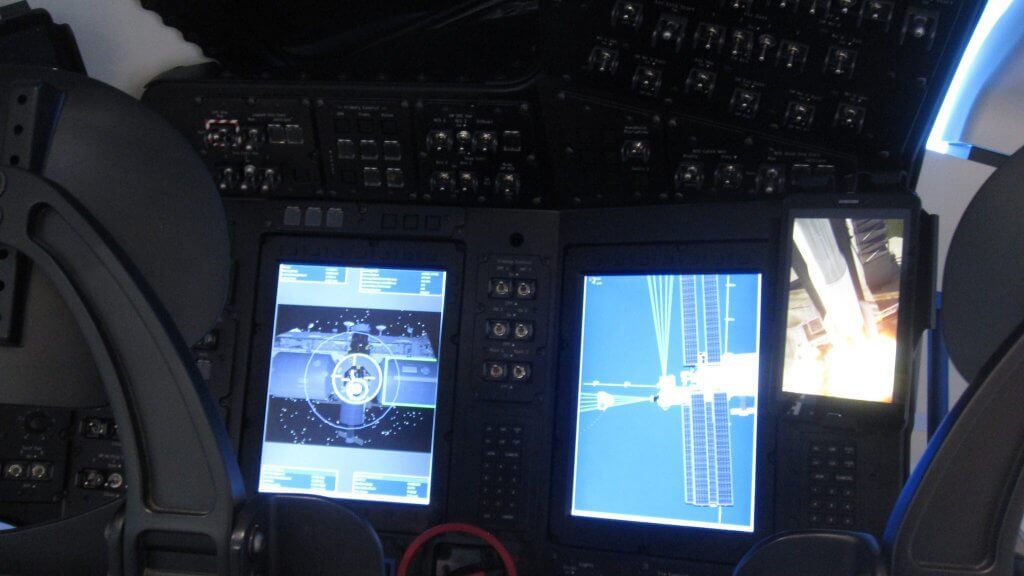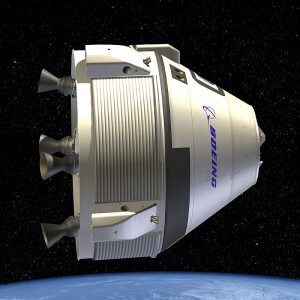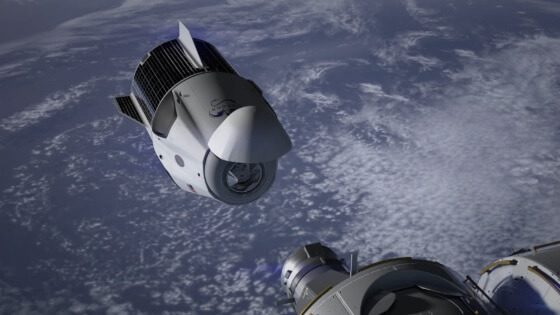NASA confirmed that the maiden flights of the Boeing Commercial crew systems’ CST-100 Starliner and SpaceX Crew Dragon had been delayed again. Instead of their unmanned first launches occurring in January 2019 and late this year, respectively, the new schedule has the SpaceX craft flying in January and Boeing’s in March. If these are successful, crewed test flights will take place in mid-2019.
Boeing’s CST-100 Starliner launch was delayed by an investigation and resulting hardware and software changes, after valve closure failures in a hot-fire test of its escape rocket system caused a fuel leakage. The first unmanned flight had already suffered a series of development delays. It was originally planned for launch in the spring of 2017.
Interestingly, the Boeing-designed CST-100 Starliner uses conventional mechanical switches for many of its functions, whereas SpaceX has chosen to use “touch screen” technology. The former has the advantage of being more ergonomic and more easily repaired in an emergency (e.g. the jury-rigged arming of the Apollo 11 lunar module’s ascent engine using Buzz Aldrin’s pen after a circuit breaker button broke off),but has more mechanical connections to go wrong and probably creates more of a spark hazard than touch screens.

Modern screens but conventional switchgear on Boeing’s CST-100 Starliner simulator on display at IAC 2018. Courtesy: Seradata/David Todd
On the SpaceX front, its capsule is nearly ready to go, but has had docking port availability held up by operations on the ISS. Development hold-ups and a change from propulsive to splashdown landings have delayed work on the spacecraft, which was originally meant to debut in late 2017.
One controversial aspect of the SpaceX operation is that NASA is allowing its astronauts to be inside the Crew Dragon spacecraft before launch while the rocket is loaded with propellants. Past NASA human-carrying launch vehicles were always loaded before the crew arrived. Some safety experts have cited concerns over this new “load and go” procedure.









